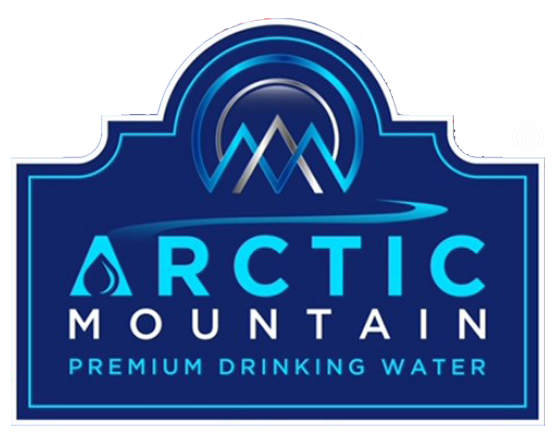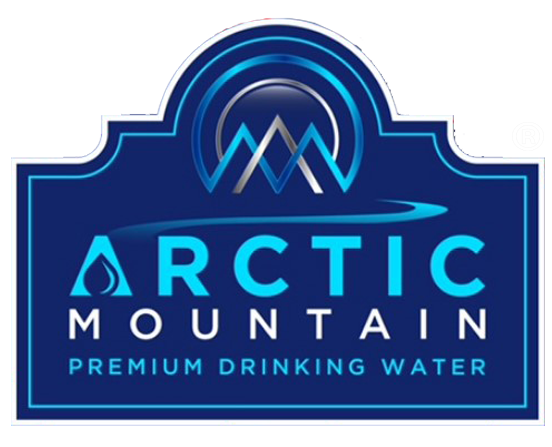When it comes to your water, you likely want to be doing everything possible to ensure it’s clean and safe for use in cooking, cleaning and bathing. In your search for better water, you’ve probably come across a number of options for improving your water quality, including water dispensing systems that tout their use of filtered water or purified water.
But what do these terms really mean? What’s the difference between filtered and purified water? Read on to find out.
What is filtered water?
When you hear the term “filtered water,” it’s important to understand that this does not necessarily mean purified water. While filtered water can be an indicator of higher quality than other options, it simply means that the contaminants in your tap water have been removed by passing the water through layers of filtration, which typically involve activated carbon and other chemical processes. While this is beneficial, it isn’t enough to be confident that your water is truly safe for drinking, cooking and bathing.
What is purified water?
When people refer to purified water, they are usually talking about a process in which tap water passes through a multi-step filtration and purification system that uses a combination of carbon filtration, ultrafiltration, ozone treatments and other purification techniques to produce water that is truly safe for drinking. These types of systems typically use reverse osmosis or distillation technologies to remove contaminants such as chlorine, lead, mercury, asbestos and more. While the source water may be filtered before it enters the purification process, this isn’t always the case. The result is water that is purer than tap water and safer to drink, cook with and bathe in.
Having access to clean drinking water at home can be beneficial for your health as well as your wallet. For example, purified water has no odor or color, whereas filtered water can leave visible deposits on your fixtures and appliances. Research has also revealed that individuals who drink filtered or tap water are more likely to develop health problems like bladder cancer, kidney stones and reproductive issues than those who drink purified water.
While it’s not necessary to make the choice between filtered and purified water, it’s important to be aware of the difference between the two. If you’re concerned about contaminants in your water, it’s best to use purified water instead.
How can you get purified water in your home?
Depending on your current water filtration system, you may already have access to purified water without realizing it. Other options for getting purified water in your home include purchasing bottled water or even installing a purification system to the source of your tap water. With this kind of technology, all of the household’s drinking, cooking and bathing needs are covered. You can also work with a retail water dispensing company to install a system to provide your property with high-quality, purified water.
Regardless of whether you choose filtered or purified water, the end result is expected to be cleaner, better-tasting water that is safe for use in your kitchen and bath.
For more information about purified water dispensing systems for your home, reach out to Pure Water Technologies today.


